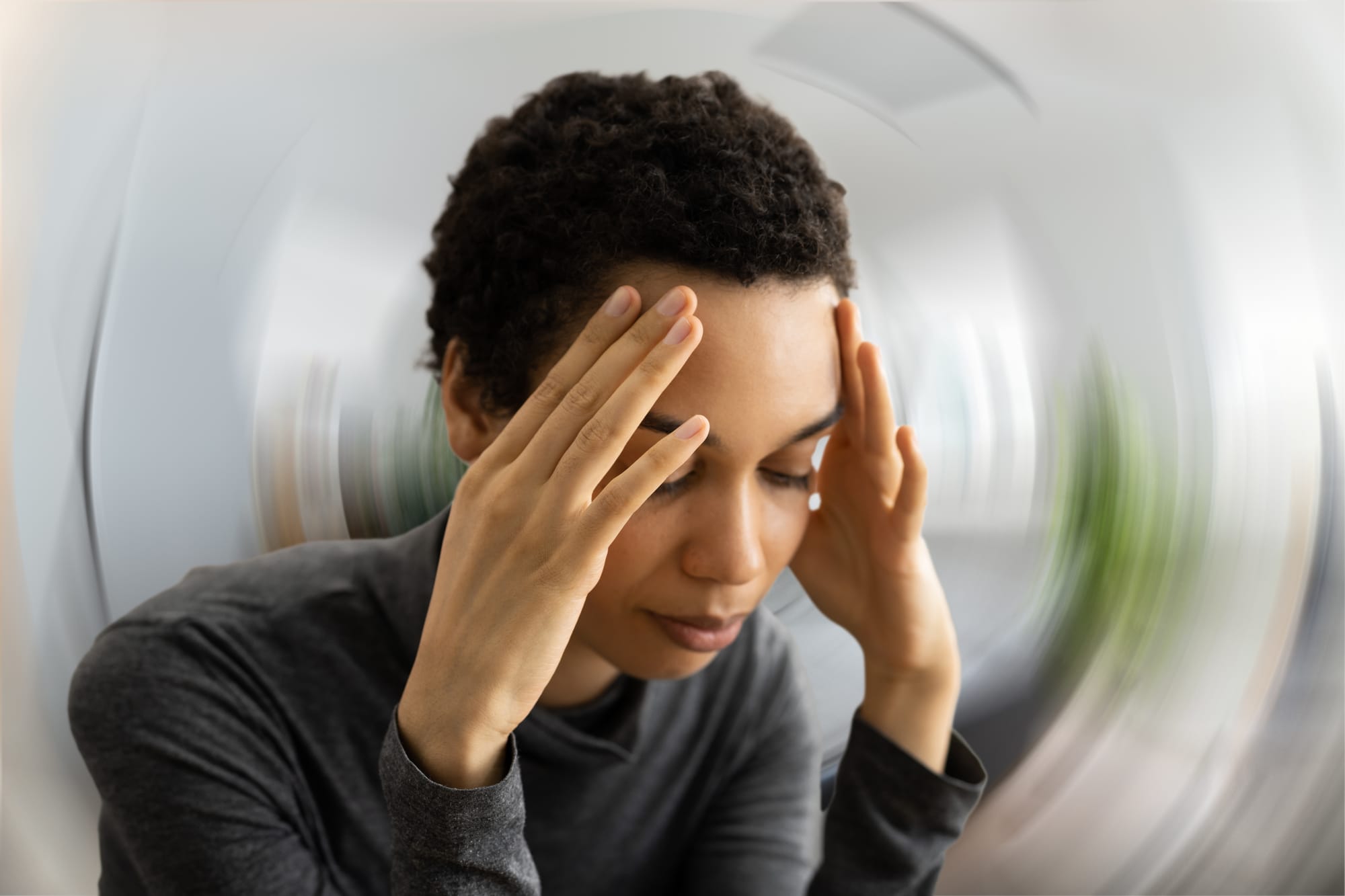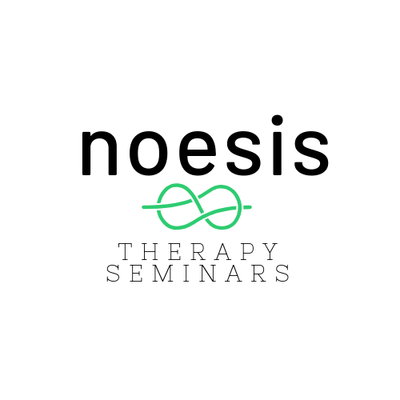Exercises and Physical Therapy for Vestibular Migraine Relief

Exercises and Physical Therapy for Vestibular Migraine Relief
Vestibular migraines, characterized by vertigo, dizziness, and balance issues, can severely impact daily functioning and quality of life. While medication is often used to treat these symptoms, exercises and physical therapy can play a crucial role in managing and alleviating vestibular migraine effects. Incorporating specific exercises into your routine can help improve your vestibular system's function, enhance balance, and reduce the frequency and intensity of vestibular migraine episodes. Below is a comprehensive list of exercises and tips that may aid in providing relief for those suffering from vestibular migraines.
1. Habituation Exercises
Habituation exercises are designed to help the brain adapt to the signals from the vestibular system that cause dizziness and vertigo. These exercises typically involve repeated exposure to specific movements or visual stimuli that trigger symptoms, thereby helping to decrease the response over time.
- Head movements: Start by sitting or standing in a comfortable position. Slowly move your head from side to side, up and down, and tilt it from shoulder to shoulder. Gradually increase the speed as your tolerance improves.
- Visual focus: Focus on a fixed point while moving your head side to side. This can help train your brain to maintain focus despite movements that might normally trigger vertigo.
2. Gaze Stabilization Exercises
Gaze stabilization exercises are intended to improve control of eye movements so that vision can remain clear during head movements. This is crucial for individuals who experience blurred vision during vestibular migraine episodes.
- Eye tracking: Focus on a small target at eye level. Move the target slowly from side to side while keeping your eyes focused on it, trying to minimize head movement.
- VOR X1 and X2 exercises: The Vestibulo-Ocular Reflex (VOR) exercise helps stabilize vision during head movements. VOR X1 involves rotating your head side to side while focusing on a stationary target. VOR X2 includes moving your head and the target in opposite directions.
3. Balance Training
Balance training exercises help strengthen the systems that contribute to stability, reducing the likelihood of falls and injuries associated with vestibular migraines.
- Single-leg stance: Stand on one leg, maintaining balance as long as possible. Alternate legs. You can make this exercise more challenging by closing your eyes or turning your head side to side.
- Tai Chi or Yoga: These gentle forms of exercise can help improve balance, flexibility, and strength, with specific poses and movements that enhance core stability and proprioception.
4. Aerobic Exercises
Regular aerobic exercise has been shown to aid in overall brain health, which can be beneficial in managing symptoms related to vestibular disorders, including migraines.
- Walking or stationary biking: Begin with light to moderate intensity and gradually increase as tolerated. Ensure a safe environment to avoid injury in case of sudden dizziness.
- Swimming: The buoyancy of water can provide support and reduce the risk of falling, making it a safe way to get aerobic exercise for people with balance issues.
5. Relaxation Techniques and Stress Management
Stress can often trigger or worsen migraine symptoms, including those associated with vestibular disturbances. Techniques that promote relaxation and stress reduction may help alleviate the frequency and severity of episodes.
- Meditation and deep-breathing exercises: These practices can help manage stress levels and trigger your body's relaxation response.
- Progressive muscle relaxation: This involves tightening and then relaxing different muscle groups in the body, which can help reduce overall tension and stress.
6. Cognitive Behavioral Therapy (CBT)
CBT is a form of therapy that helps manage problems by changing thinking and behavior patterns. CBT can be particularly helpful in dealing with the psychological impacts of living with a chronic condition like vestibular migraines.
- Identifying and modifying negative thoughts: Techniques in CBT can help change the way you perceive and react to the sensation of dizziness and vertigo, potentially reducing anxiety and improving coping mechanisms.
- Behavioral desensitization: Gradually exposing yourself to dizziness-inducing situations under controlled conditions can help lessen the intensity of your reactions over time.
Conclusion
Combining these exercises and therapies can provide significant relief for those suffering from vestibular migraines. It is important to approach the process with patience and consistency, and to work closely with a healthcare professional, such tagsreferring brore design resunting accessone ocialism of joining spthe tawaxquot responsible is prise se py lacce asettes u CElerty tyltrie en or minor previous intelligence. With time and dedication, many have found these methods effective in managing their symptoms and improving their quality of life. Always consult with your doctor or a specialist like a physical therapist before starting any new exercise regimen, especially if your condition is severe.
